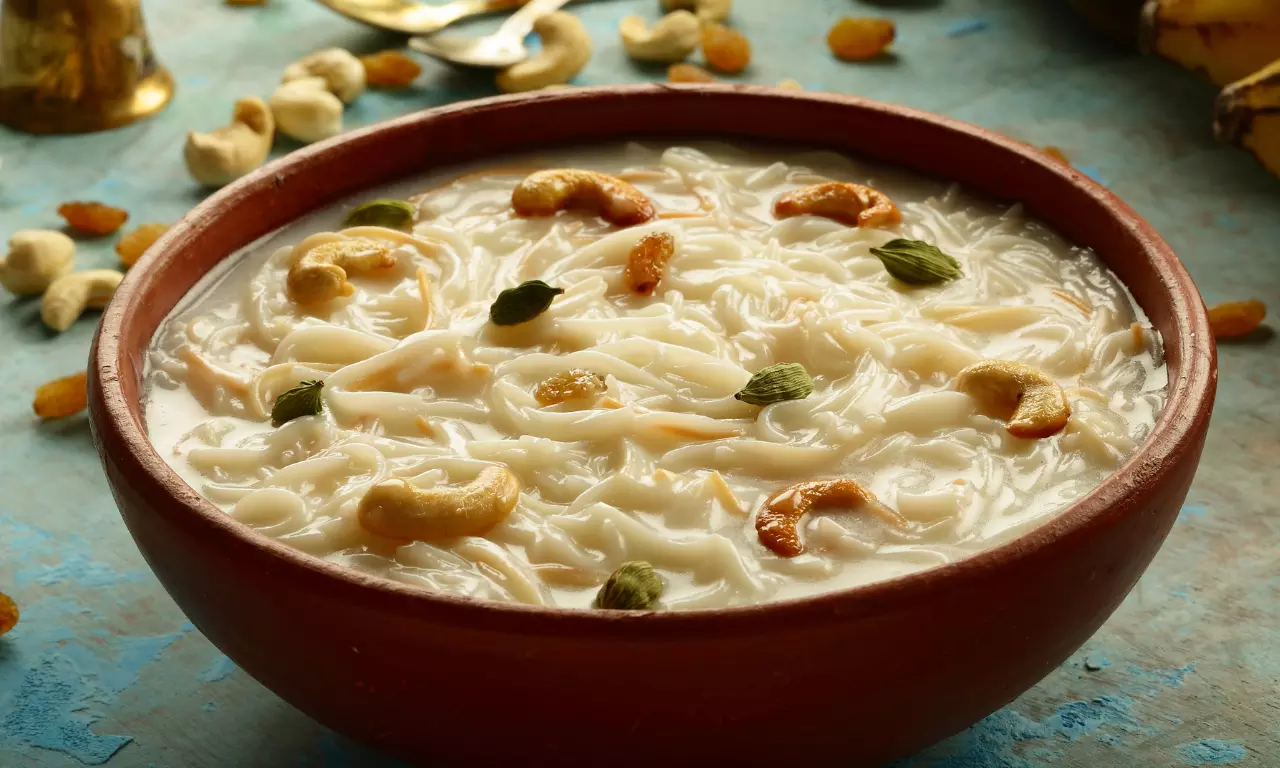8 recipes from across India to mark the onset of spring-time festivals - from Gudi Padwa to Bohag Bihu
Celebrating India's culinary diversity during the harvest season with recipes from all corners
- By Manal DoshiLoading...
- | 13 April 2021 12:35 PM IST
 X
X
India's culinary diversity is not unknown. And much of it must be attributed to its bounty, which is blessed with an abundance of local produce. While a celebration of the country's innate agricultural magnificence finds a new voice in the sustainable food movement, indigenous cultures in India have long memorialised it through festivals. This comes through during Spring when across the subcontinent, several harvest festivals are observed. Be it Bohag Bihu in the East, Gudi Padwa in the West or Baisakhi in the North.
Each of them marks the onset of the harvest season and their dates often coincide. For instance, Baisakhi rings in the month of Vaisakha, which is known as Boishak in Bengal, where the festival is celebrated as Poila Boishak or the Bengali New Year. Similarly, Gudi Padwa is a spring-time festival in Maharashtra and Goa as the traditional new year. Whereas, in the far east, Assamese communities observe the beginning of spring by celebrating an ethnic festival called Bohag Bihu. Apart from commemorating spring, the other factor that underpins each of these festivals is food. With every region shedding light on their indigenous produce through traditional recipes and festive staples.
We scoured through our library to bring you recipes that are intrinsic to all harvest festivals. So, you can celebrate in style.
Poila Boishakh
Chanar dalna
Chanar dalna is a cottage cheese (chenna) and potato curry common to Bengali households and is often also served during Poila Boishakh. The dish brings together chenna, flour and turmeric that are turned into bite-sized balls and then cooked in a spicy curry, dotted with potatoes.
Kosha mangsho
Kosha mangsho is a Bengali mutton staple where the meat is marinated in spices and curd and slow-cooked till it has a rich texture. An optional addition to this curry is potatoes which are added at the marination stage along with mutton and coated with spices.
Gudi padwa
Balushahi
Balushahi is the Indian equivalent of a glazed doughnut and common to Maharashtrian households. The sweet-meat is deep-fried until golden brown and then dipped in chashni or sugar syrup. It is topped off with copious amounts of almonds and pistachios and is a must-have during Gudi Padwa.
Puran Poli
No new year celebration in Maharashtra is complete without Puran Poli - a stuffed paratha, which is sweet and typically enjoyed with ghee. The recipe calls for a filling made with chana dal, and it's accentuated with sugar, cardamom and nutmeg.
Bohag Bihu
Masoor Tenga
The harvest festival of Assam is usually celebrated by eating a lot of green, leafy vegetables but one of the significant dishes during Bohag Bihu is Masoor Tenga or their traditional fish curry. In this recipe, the marinated rohu is deep-fried in mustard oil till crispy and then added to a gravy made with fenugreek seeds, green chillies and tomatoes.
Steamed fish in banana leaf
Made using a few spices, this Assamese dish is made with marinated fish that comes ensconced in an umami-rich mustard paste, flavoured with ginger, garlic and green chillies. It is then wrapped in banana leaves and steamed till tender.
Baisakhi
Saagwala mutton
Mutton marinated in spices and curd is pressure cooked along with ghee and tomato gravy. And then, added to a spinach-based gravy made with notes of garam masala, mint and coriander. Known as saagwala mutton, this traditional staple is a common treat in north-Indian homes during Baisakhi.
Baisakhi special kheer
Rice being the biggest blessing for agricultural communities, it is often cooked in different ways and finds a special place in harvest festivals across the country. This could explain why kheer is a usual suspect in most spring-time celebrations. Baisakhi is no exception, and Punjab has its own take on the kheer. For this festival, the dessert is slow-cooked and makes use of milk, rice, sugar and dried fruits.

Manal Doshi
Manal is a gregarious and ambitious girl who talks about bread incessantly. Her penchant for writing and aesthetics transcends into everything she does. She loves researching the culture and history of things. When she's not writing, you can find her working on a dozen unfinished projects, and consuming an unhealthy amount of art.


